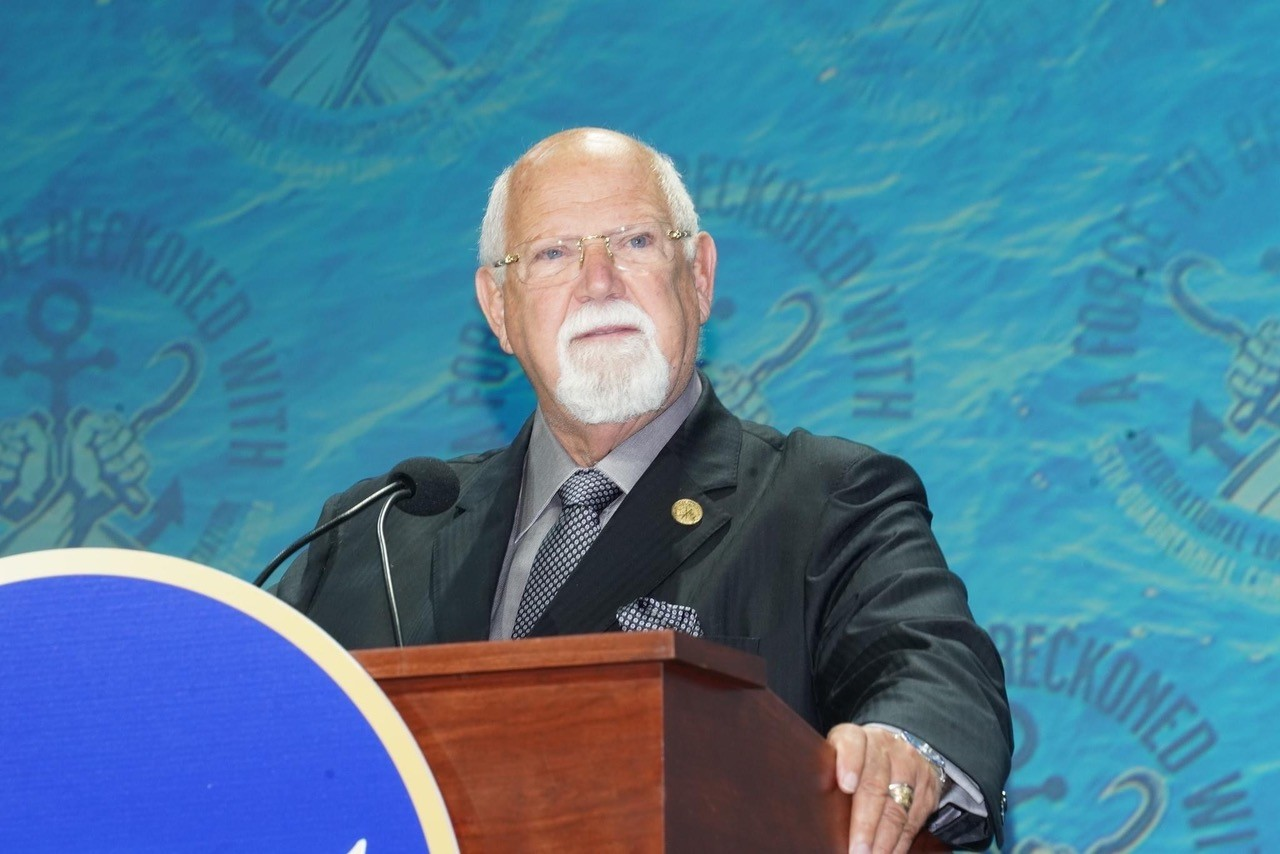The largest union of maritime workers in North America, the International Longshoremen’s Association (ILA) and the United States Maritime Alliance (USMX), an alliance of container carriers, direct employers, and port associations serving the East and Gulf Coasts of the U.S., held a new round of contract talks this week but failed to make significant progress on the critical issue of automation, the ILA said on Wednesday.
“Together, we’re standing up to USMX and the shipping lines, who are pushing automation and new technology that threaten our jobs and the livelihoods of working people,” said the ILA president Harold J. Daggett on Thursday, sending a message to the ILA membership.
“We believe firmly that machines should not replace hard-working men and women who have dedicated their lives to this industry,” he added.
In early October, the ILA and USMX reached a tentative agreement on wages and extended the Master Contract until January 15, 2025.
Both parties agreed in October to return to the bargaining table to negotiate all other outstanding issues.
The deal ended the biggest work stoppage of its kind in nearly half a century, which blocked unloading of container ships from Maine to Texas and threatened shortages in some imported items, triggering a backlog of anchored ships outside major ports.
The port strike was still in its early days, but it would have had broad ramifications for the US economy the longer it continued.
The two sides, ILA and USMX, came to the table this week prepared for four days of intensive bargaining to secure a contract.
For the first day and a half, discussions were productive, and both sides engaged in addressing serious issues.
However, talks broke down late on Tuesday, November 12, the union revealed.
USMX has released a statement, saying that over the past two days, the two sides had “positive progress on a number of issues”. However, they were unable to find common ground regarding “a range of technology issues”.
“Unfortunately, the ILA is insisting on an agreement that would move our industry backward by restricting future use of technology that has existed in some of our ports for nearly two decades – making it impossible to evolve to meet the nation’s future supply chain demands.
“The USMX has been clear that we are not seeking technology that would eliminate jobs. What we need is continued modernization that is essential to improve worker safety, increase efficiency in a way that protects and grows jobs, keeps supply chains strong, and increases capacity that will financially benefit American businesses and workers alike,” the USMX said.



